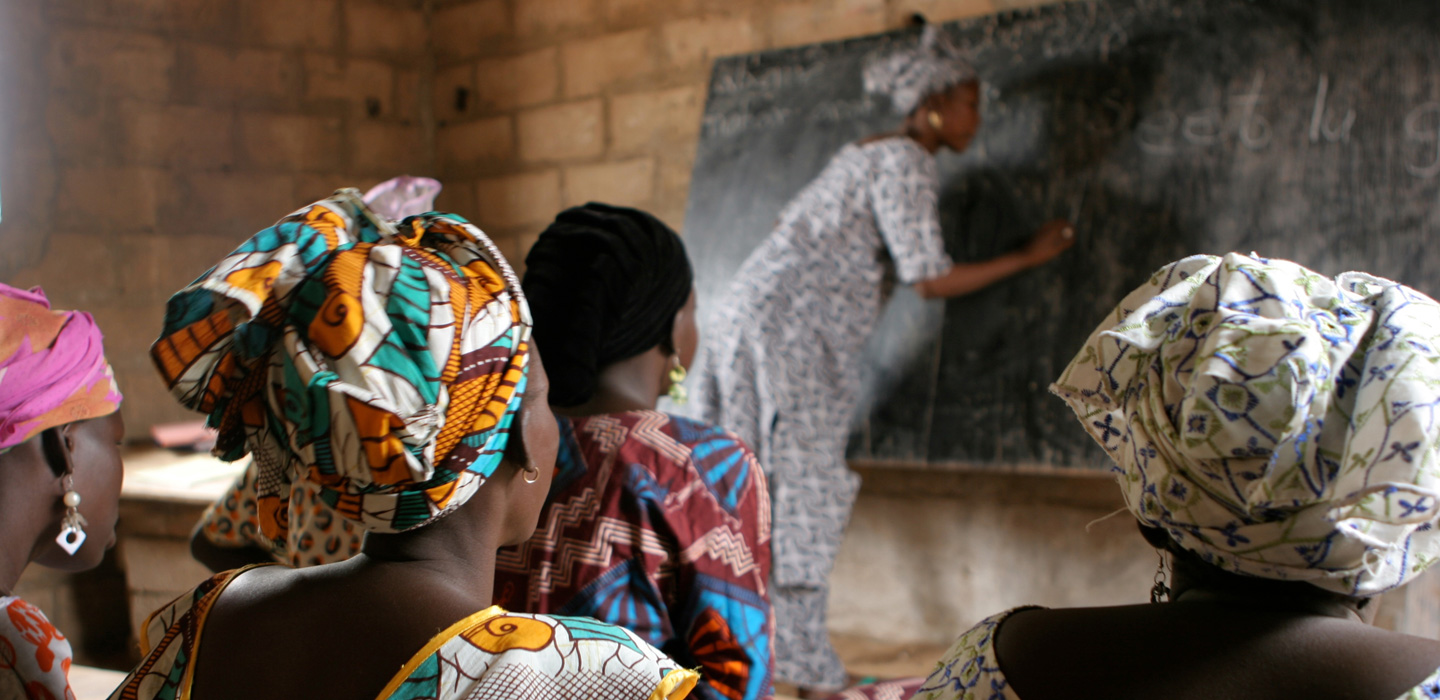Knowledge
المعرفة

المعرفة
Search Results Filters
نتائج البحث
How to do note: Land tenure in IFAD country strategies (RB-COSOPs)
Lessons learned: Pastoralism land rights and tenure
This note highlights lessons learned on pastoralism land rights and tenure aiming to inform the design and implementation of country strategies and projects from the point of view of land tenure issues faced by pastoralists.
It also provides examples of how IFAD has dealt with some of these issues through its programmes and projects.
Toolkit: Land tenure in IFAD-financed operations
Lessons learned: Supporting rural young people in IFAD projects
IFAD has always adopted a proactive approach to the targeting of poor rural people of all ages in order to reduce the social and economic inequalities that help generate and perpetuate poverty.
Lessons learned: Key performance indicators and performance-based agreements
regular and consistent manner. This note discusses the use of KPIs as well as the challenges associated with it. This discussion is followed by a review of the lessons learned by IFAD and other organizations, and concludes with strategic recommendations for follow-up.
IFAD Policy brief 4: Promoting the resilience of poor rural households
The post-2015 development agenda can be structured to encourage governments and other actors to focus on strengthening the resilience of poor rural people and their livelihoods.
A number of targets that provide the basis to achieve this have already been proposed, particularly focusing on the promotion of more sustainable practices in agriculture.
IFAD Policy brief 1- Leveraging the rural-urban nexus for development
IFAD Policy brief 3: Investing in smallholder family agriculture for global food security and nutrition
دراسة حالة نظام تعلّم العمل في مجال التمایز بین الجنسین في غانا، ونیجیریا، ورواندا، وسیرالیون، وأوغندا
تم إعداد منهجیة نظام تعلّم العمل في مجال التمایز بین الجنسین في إطار برنامج تعمیم وتشبیك تمكین المرأة التابع . لمؤسسة أوكسفام نوفیب في عام 2008 ، بالعمل مع شركاء محلیین وl وقد اختبرت أوكسفام نوفيب مع شركائها استخدام هذه المنهجية في مجال تنمية سلاسل القيمة بفضل منحة صغيرة من الصندوق (2009- 2011). كما نشرت أوكسفام نوفیب هذه المنهجیة في نیجیریا، ورواندا، وأوغندا بالعمل مع شركاء محلیین، وبالاستفادة من منحة كبيرة من الصندوق (2011-2014) وفي غیرها من البلدان بتمویل مشترك من جهات مانحة أخرى.